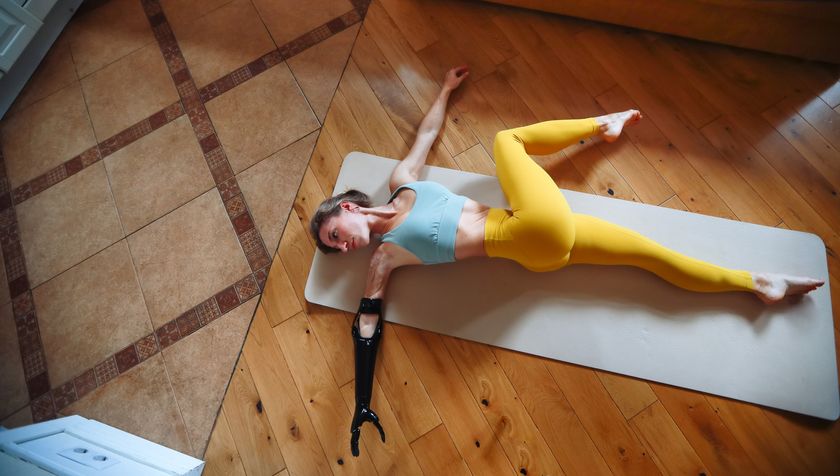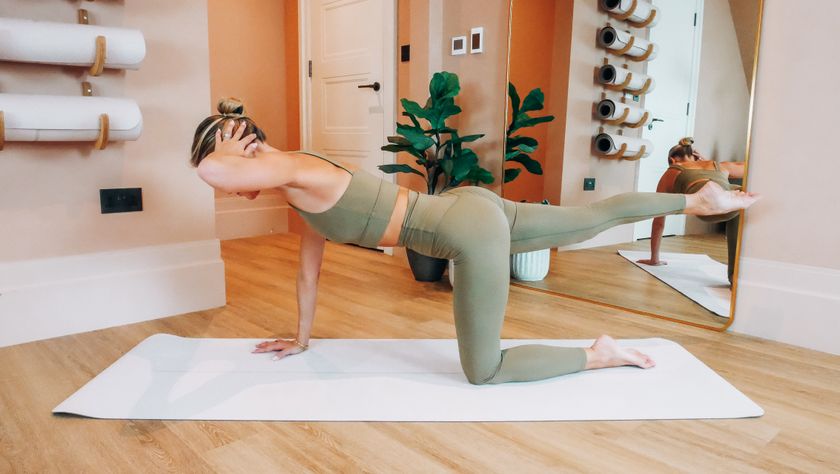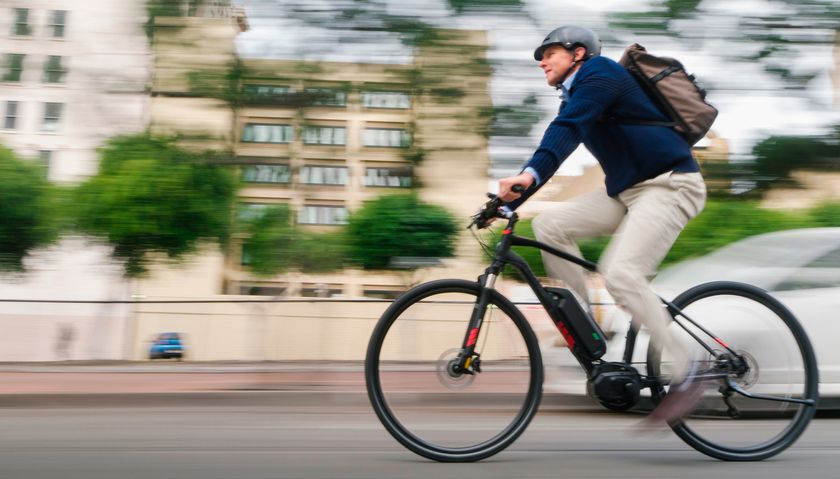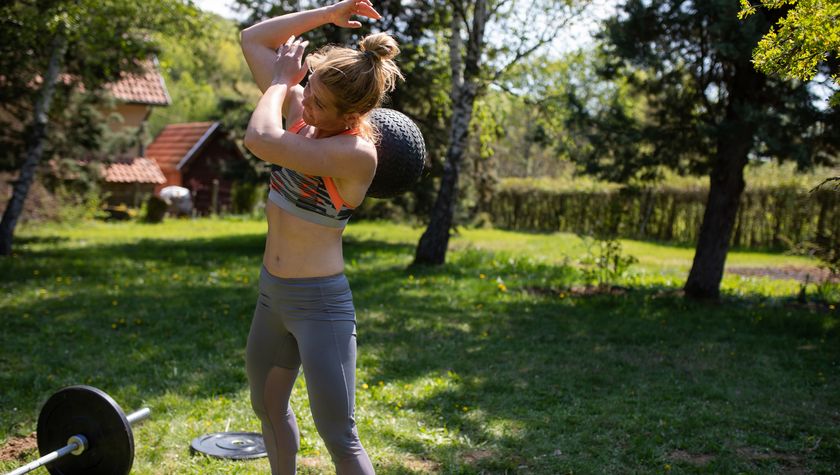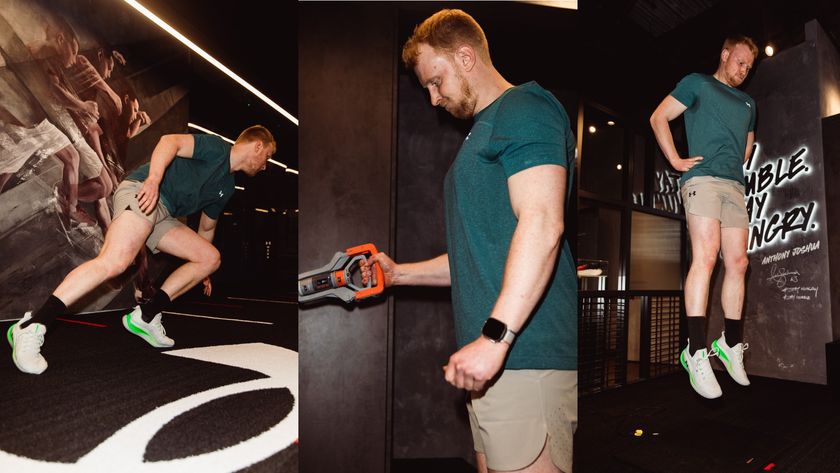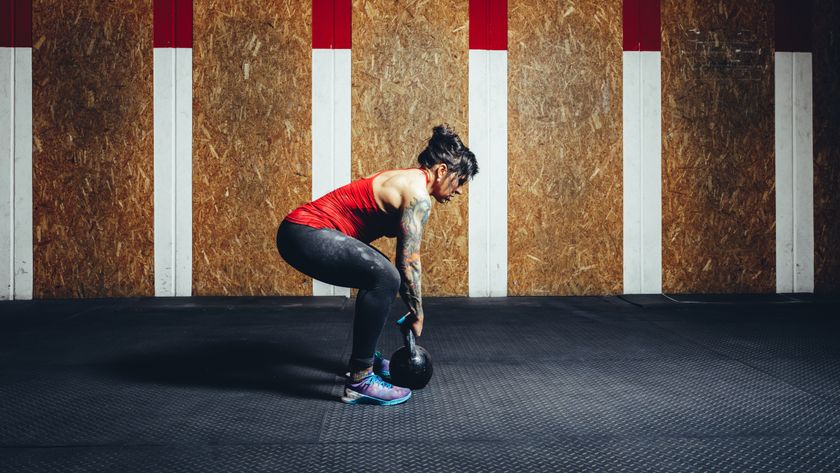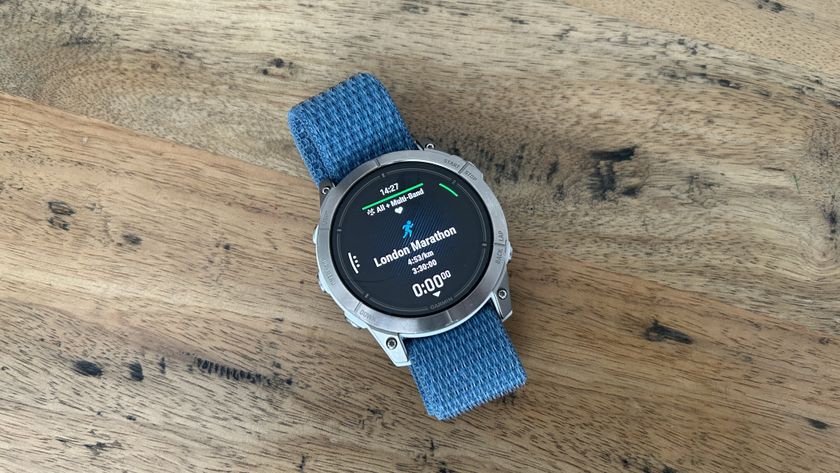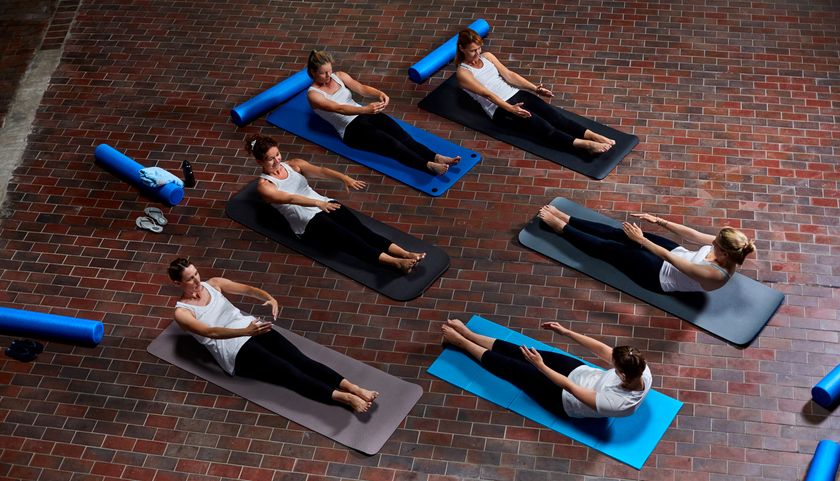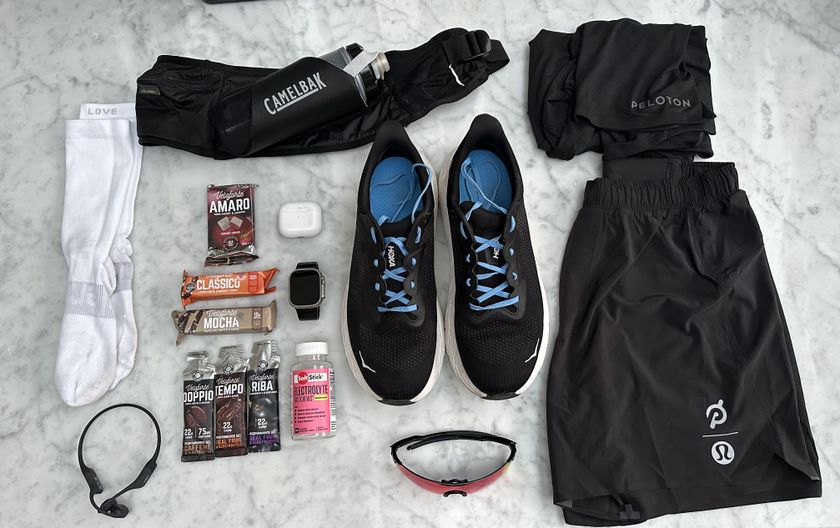How To Fix Back Problems
Physiotherapist Lucy Macdonald explains some of the most common back problems and how to prevent and fix them
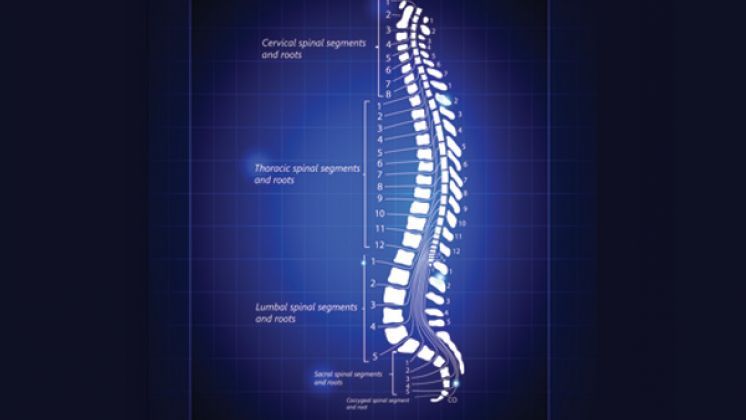
How the back works
Made from vertebral bones that are stacked like building blocks with discs between them, the back is the foundation for every movement. Vertebral shape varies from the base of the spine to the neck, which means different movements are controlled by different parts of the spine.
The spinal cord runs from the head down through the middle of the vertebrae to the base of the spine, with nerves exiting through small holes between the vertebrae. Your spinal nerves are what gives the arms and legs the ability to feel and move.
Certain back conditions can damage these crucial structures so if you have back pain you MUST see a physiotherapist or doctor before following any of the advice below to ensure you do not aggravate your condition.
COMMON CAUSES OF BACK PAIN
1) Lumbar instability
Most people focus on training the big external muscles of the lower back and abdomen such as the rectus abdominis (six-pack), and the obliques (the diagonal muscles at the sides of your six-pack). That’s fine if the deep back muscles providing support for them are just as strong. Unfortunately, this is rarely the case and is why they are often the first part of your back to get damaged when you workout. It’s therefore essential to train the deep stabilisers.
Try this exercise before workouts:
- Lie on your back on the floor with your hips and knees bent and your feet on the ground.
- Put one hand on your upper stomach and focus on breathing from there. Put the other hand on your lower abdomen, then contract your pelvic floor muscles.
- Gently contract your lower abdominal muscles while keeping your upper abdominals relaxed.
- Repeat 30 times.
2) Exercise technique and posture
Get the Coach Newsletter
Sign up for workout ideas, training advice, reviews of the latest gear and more.
The second most common cause of back pain is poor exercise technique and posture.
Follow these pointers to get your technique right:
- During exercises that involve flexion, such as deadlifts, make sure your back is in extension throughout (stick your tail bone out a bit) and the flexion is purely occurring at the hip joints and knees.
- When doing rotational work, ensure your spine is in extension.
- When sitting in a chair, ensure your lower back is supported by a towel or cushion in neutral, ie slightly extended with your knees and hips slightly bent.
3) Stiffness in the thoracic spine
This part of the spine – in your middle back – can become stiff due to sitting and standing with your upper back slumped forwards.
Do this daily exercise:
- Shuffle your bottom to the right of the chair and reach around to your right to grab the back of the chair with both hands.
- Pull gently until you feel a gentle stretch in the middle of your back. Now do the same on the left.
- Repeat ten times on each side three or four times a day.

Lucy Macdonald has been a sports physiotherapist since 2004, with experience treating professional and amateur sports people including members of the GB ski and powerlifting teams.
